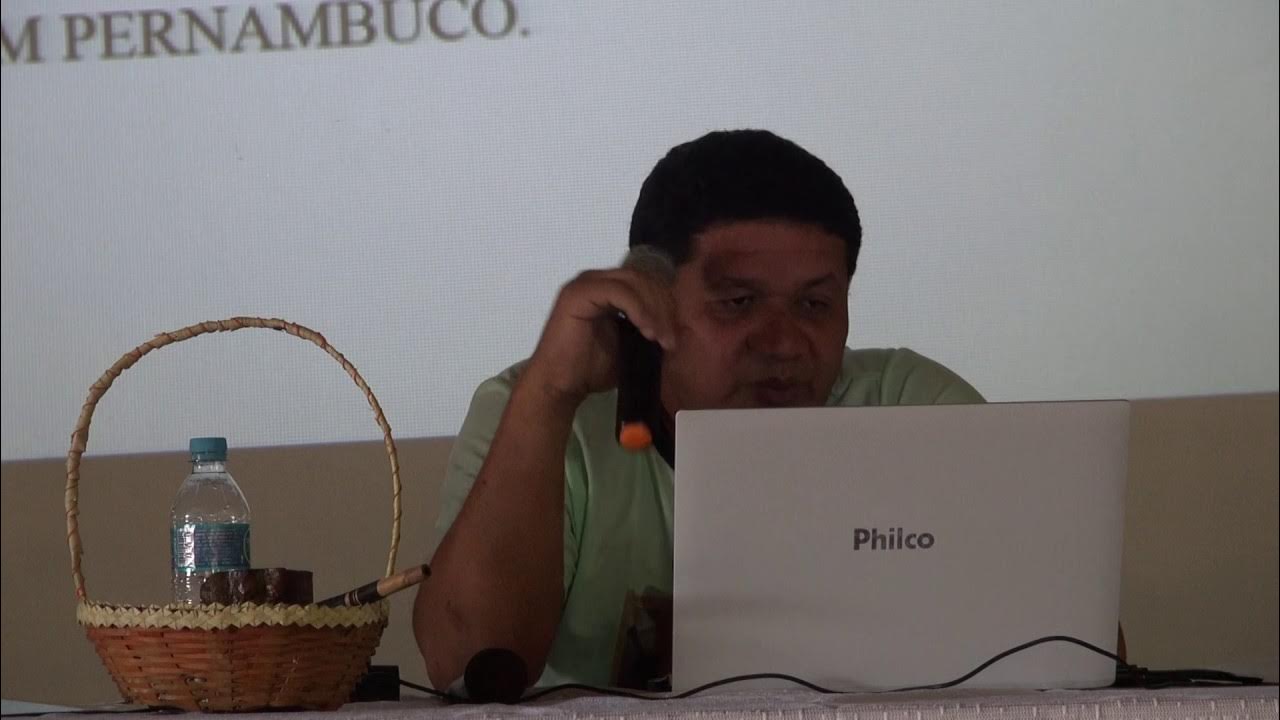How Indigenous education will change Canada's future | Roberta Jamieson
Summary
TLDRRoberta Jameson emphasizes the importance of education and partnerships in advancing indigenous communities in Canada. She highlights Inspire’s efforts in supporting indigenous students, with over 37,500 bursaries awarded, and a focus on bridging the education gap. She stresses the need for meaningful partnerships that align with indigenous goals, citing successful initiatives with the Slate Family Foundation and Canadian Geographic Society. Jameson calls for a collaborative approach to systemic change, aiming for a future where every indigenous student graduates, contributing to a more inclusive and prosperous Canada.
Takeaways
- 😀 Indigenous people are moving from truth to reconciliation, demanding structural and systemic change rather than seeking a seat at existing tables.
- 😀 Inspire focuses on using education to build capacity and raise awareness about Indigenous contributions to Canadian society.
- 😀 Inspire has raised over $115 million through 37,500 bursaries, supporting Indigenous students to graduate, with a 90% graduation rate.
- 😀 There is a significant educational gap, with only 4 out of 10 Indigenous students on reserves graduating from high school, compared to 9 out of 10 non-Indigenous students.
- 😀 Closing this education gap could add $30 billion to Canada's GDP by 2031, emphasizing the economic benefits of supporting Indigenous education.
- 😀 Inspire collaborates with organizations like the Slate Family Foundation to focus on long-term support for Indigenous youth and community-building programs.
- 😀 The focus of effective partnerships is on empowering Indigenous communities to create lasting change and building Indigenous leadership.
- 😀 Inspire is selective about partnerships, ensuring they align with their strategic goals and produce measurable, tangible benefits.
- 😀 Inspire has initiated projects such as 'Teach for Tomorrow' in Winnipeg to support Indigenous students pursuing careers in education.
- 😀 Inspire is collaborating on an Indigenous Atlas with the Canadian Geographic Society, promoting Indigenous perspectives and knowledge in education.
- 😀 Inspire encourages partnerships that invest in Indigenous youth education and mentorship, understanding the long-term benefits to both Indigenous communities and Canada as a whole.
Q & A
What is the central theme of Roberta Jameson's speech?
-The central theme of the speech is the importance of partnerships in advancing Indigenous education and reconciliation in Canada, highlighting the need for systemic and structural change to empower Indigenous communities.
How does Inspire contribute to Indigenous education?
-Inspire contributes by raising funds for bursaries, supporting Indigenous students, and educating Canadians about Indigenous people’s contributions to society. They have raised over $115 million through 37,500 bursaries, with 90% of supported students graduating.
What does Roberta Jameson mean by Indigenous people looking for 'new tables'?
-Roberta Jameson refers to Indigenous communities no longer seeking to simply join existing institutions or systems but instead aiming to create new ones that reflect their needs, values, and perspectives.
What is the business case for closing the education gap between Indigenous and non-Indigenous students?
-The business case is that closing the education gap could contribute an additional $30 billion to Canada's GDP by 2031, emphasizing the economic benefits of ensuring Indigenous students graduate at the same rate as non-Indigenous students.
Can you explain the partnership criteria developed by Inspire?
-Inspire's partnership criteria include ensuring that the relationship offers tangible, measurable benefits, aligns with their strategic plan, and shares a vision with the potential partner. They also prioritize partnerships that contribute to long-term, sustainable impact for Indigenous communities.
What examples does Roberta Jameson give to highlight successful partnerships?
-She mentions the Slate Family Foundation’s $12 million investment in Indigenous youth programs and two projects: 'Teach for Tomorrow' in Winnipeg and the Indigenous Atlas project with the Canadian Geographic Society, which are both aimed at empowering Indigenous students and promoting Indigenous perspectives.
Why is the education gap between Indigenous and non-Indigenous students a pressing issue?
-The education gap is crucial because it perpetuates systemic inequality. With only 4 out of 10 First Nations youth on reserves graduating compared to 9 out of 10 non-Indigenous students, this disparity limits economic and social opportunities for Indigenous communities, hindering national progress.
How does Inspire ensure the sustainability of its partnerships?
-Inspire ensures sustainability by focusing on measurable outcomes, ensuring that their partnerships help build capacity within Indigenous communities, and by working with organizations that are either led by or directed by Indigenous people.
What role does humility play in the partnerships Roberta Jameson speaks about?
-Humility is essential because it fosters understanding and respect in partnerships. It encourages non-Indigenous partners to engage with Indigenous communities in ways that acknowledge their history, culture, and capacity for self-determination.
What is the 'Teach for Tomorrow' project, and how does it support Indigenous students?
-'Teach for Tomorrow' is a project in Winnipeg that identifies Indigenous high school students interested in becoming educators. It supports them with bursaries, mentorship, and job placement, helping them transition to careers where they can give back to their communities.
Outlines

This section is available to paid users only. Please upgrade to access this part.
Upgrade NowMindmap

This section is available to paid users only. Please upgrade to access this part.
Upgrade NowKeywords

This section is available to paid users only. Please upgrade to access this part.
Upgrade NowHighlights

This section is available to paid users only. Please upgrade to access this part.
Upgrade NowTranscripts

This section is available to paid users only. Please upgrade to access this part.
Upgrade NowBrowse More Related Video

Canada's Dark Secret | Featured Documentaries

The United Nations Declaration on the Rights of Indigenous Peoples explained

What are land acknowledgements and why do they matter?

Truth and Reconciliation | Kevin Lamoureux | TEDxUniversityofWinnipeg

INDIGENOUS PEOPLES EDUCATION PROGRAM

O desafio da educação escolar indígena no Brasil - Prof. Expedito Fulni-ô
5.0 / 5 (0 votes)